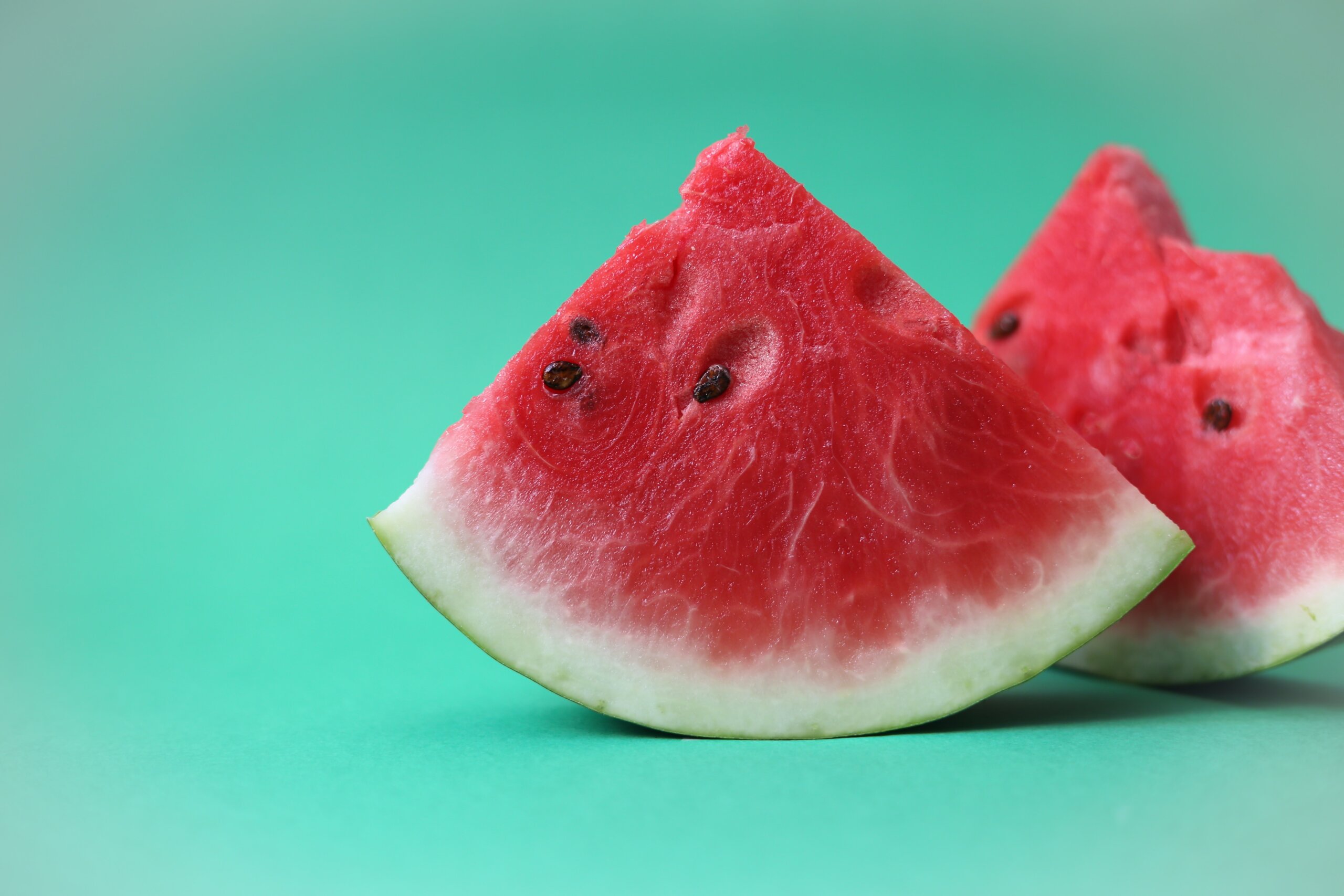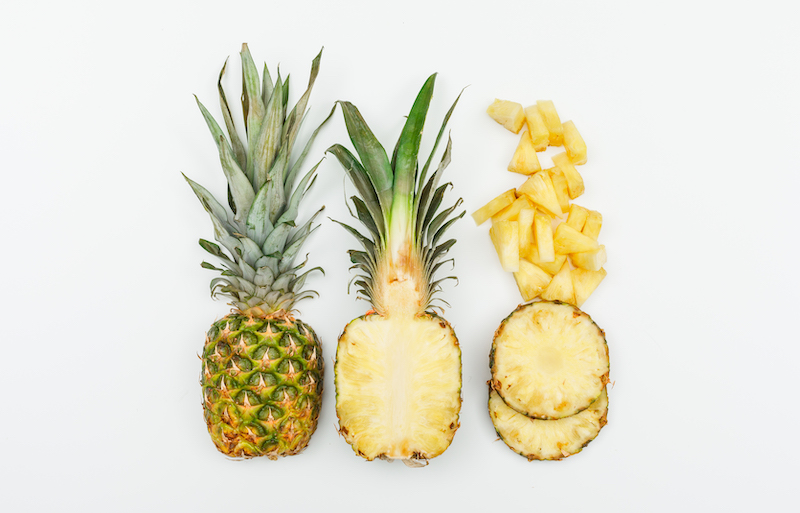Ah, the perpetual struggle with fruit – a saga I, The Honest Dietitian, know all too well. Picture this: a younger version of myself, eyeing an apple like it was an alien life form, unsure of how to approach this mysterious entity. Fast forward to today, and while I’ve come a long way in embracing the fruity goodness, there’s still the occasional mental block. If you’re like me, fret not; we’re in this together. Let’s unravel the enigma of a fruit serving size according to the UK dietary recommendations, and sprinkle in some tips on how to eat more fruit to make it a delightful addition.
Why Fruit is Important to Eat Daily?
Why is fruit so important, you ask? Well, think of fruit as Robin to Batman (being the vegetable) of the food kingdom, the real caped crusader against blandness. It’s the squad leader of essential vitamins and minerals, the fiber-filled avenger tackling digestive foes. Eating fruit is like giving your taste buds a front-row ticket to the greatest flavor show on Earth – it’s a juicier experience than a watermelon at a summer picnic. Okay, okay, you get it! Bottom line, fruit (and veggies) are important and must be eaten daily, whether you like it or not. Our bodies need the variety of vitamins, minerals, fibre and phytonutrients that other foods and even multivitamins cannot fully provide. If you want to lower your risk or bowel disease, digestive issues, diabetes and cancer, and improve your heart and other organ health, these guys are your true superheros and not the villins they might seem when having to choose between them and another type of food.
Unmasking the Mystery: What is a Serving Size?
In the UK, dietary recommendations provide a helpful guide on how much of each food group, including fruits, we should consume daily. It is recommended to aim for a minimum of 5 fruit and vegetable servings per day. But the more the better, and a variety of different types is important. But what is a fruit serving size?
For fresh, cooked, canned, or frozen fruits, a standard serving is roughly 80 grams. This is roughly equivalent to one medium-sized apple, banana, or orange, a handful of berries, or seven cherry tomatoes. For smaller fruits such as easy peelers, plums, apricots, or kiwis, aim for two of these to meet one serving. Large fruit serving examples include 1 large slice of melon, papaya, or pineapple, 1/2 a grapefruit, or two slices of mango will make up a serving. For fruit salad or tinned fruits, aim to have approximately a 1/2 cup to meet a serving.

When it comes to dried fruits, it’s important to be mindful as they are more energy-dense, higher in sugar per portion, and sometimes contain extra added sugar. A serving size is around 30 grams, equivalent to a small handful or 1/4 cup. As for fruit juices and smoothies, which is an easy way to eat more, the recommended serving size is 150 milliliters or a small glass. Yes, we love a refreshing smoothie, but moderation is the key! These may have extra sugar. Smoothies and juices usually only count towards one of your servings per day maximum.
For a full list on serving sizes, visit the NHS fruit and veg serving guide.
Facing the Fruit Fears: A Personal Touch
Now, let’s talk about my not-so-secret struggle with fruit. As The Honest Dietitian, I admit there are days when my inner child still eyes the fruit bowl suspiciously. It’s a journey, not a sprint, right? In my case, an almost 40-year ultra-marathon. But fear not, fellow fruit skeptics; there’s hope for us. Here are some tips to help you eat more fruit in your day-to-day, and hopefully now that you know what a serving size is, it won’t seem such a daunting task.

Tips for Incorporating More Fruit
- Blend it Up: For smoothie enthusiasts (and skeptics like me), blending fruits into a smoothie can be a game-changer. Toss in some greens, a banana, and your favorite berries for a tasty treat. Add some veggies in here to make it less sweet.
- Snack Attack: Keep a bowl of washed and ready-to-eat fruit on the kitchen counter to snack on instead of less nutritious options. When hunger strikes, reach for an apple or a handful of grapes instead of less nutritious options.
- Mix and Match: Combine fresh and dried fruits for a delightful snack mix. It’s a sweet and satisfying way to enjoy the best of both worlds. Why not include some roasted almonds in the mix to add in some protein or have it with plain, Greek yoghurt?
- Top it Off: Add sliced fruits to your morning cereal, yoghurt, or oatmeal. It’s an effortless way to enhance the nutritional value of your breakfast.
- The summer freeze: When it’s hot and humid out there, why not cool down with some frozen grapes? Simply wash and freeze. They are sweet, crunchy, cool and delicious. You can also try frozen bananas or raspberries and add some nut butter.
- Warm it in the Winter: During the colder months when you want to stay in and eat hot meals over cold, refreshing fruit, try stewing apples to have with overnight oats for breakfast, or warm rhubarb and apple with light custard or yoghurt for a snack or dessert.
A Parting Slice of Wisdom
As we navigate the world of fruit servings, let’s remember that it’s about balance and enjoyment. The UK dietary recommendations are there as a guide, not a rigid rulebook. Find what works for you, experiment with different fruits, and savor the natural sweetness that Mother Nature provides.
So, here’s to overcoming fruit fears, embracing the serving sizes, and making peace with the fruit bowl. As The Honest Dietitian, I’m on this journey with you, one serving at a time. Cheers to a fruitful and fun-filled approach to nutrition!
If you liked this article, then please follow us on Twitter and Facebook.

